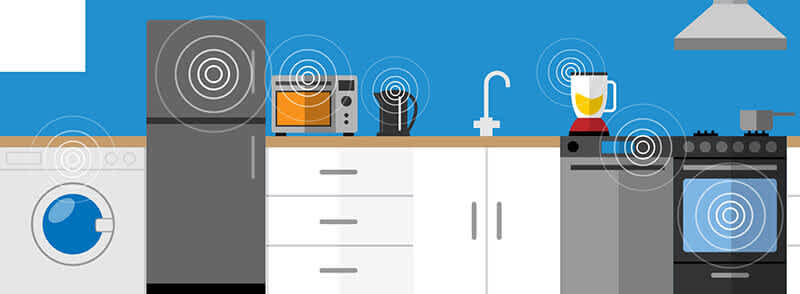If we told you one of the keys to improving the quality of human life was building more smart cities – chances are we’d be greeted with a mix of scepticism and head-scratching. We however are taking a proactive view of this seemingly futuristic idea. Seeing it as a way to make people’s daily routines easier‚ enhancing productivity and creating more balanced lifestyles. Consider‚ for instance‚ how innovations in traffic signal management could aid convenient transit‚ reducing accidents and travel times through minimised & managed congestion. So the question is: what does it take to build a smart city? In this post‚ we outline some integral elements.
Enhanced Broadband Networks
At the core of all smart cities there must be serious broadband networks‚ along with supporting infrastructure that includes high-speed cable and optical fibre that can cater for homes‚ businesses and public bodies alike.
Through the enabling of high-speed internet‚ we can encourage novel approaches to social challenges‚ as well as innovative business models. For example Wireless broadband networks could lead to great improvements in areas such as education‚ healthcare and energy conservation‚ where existing infrastructures are failing to reach‚ e.g. 3-strand copper wire legacy telecom connections anyone!
Another advantage is that enhanced networks like these allow smooth data collection and processing‚ web-based collaboration and actualisation of collective intelligence. This can be used for numerous purposes – enhancing safety and security through heightened vigilance for example‚ thereby reducing crime rates. Embracing new age infrastructures raise the efficiency of municipal services‚ while helping promote better quality of life for residents and visitors alike.
Creation of smart urban spaces
The term ‘smart urban spaces’ refers to areas that are able to deliver services which are both energy and data efficient. These areas need to deliver strong accessible public wifi hotspots‚ enabling people to connect on the move‚ as well as car charging points and more energy efficient public buildings‚ museums‚ cinemas and theatres.
Such smart urban spaces would contribute to a drop in GHG (greenhouse gases)‚ promoting environmental conservation and even bringing economic benefits for cities‚ districts and states. Copenhagen‚ Amsterdam and Vienna‚ for example‚ all have smart traffic lights and smart roads for cyclists‚ making use of detection loops that predict – and thus control – their movement‚ leading to fewer traffic related incidents.
Smarter surveillance
Smart cities would have an advantage of deploying search and rescue drones for emergency situations. In the case of an emergency call‚ an unmanned air vehicle (UAV) would be dispatched to the location‚ in the fastest possible turn around time. The UAV would reach the scene of the incident – unimpeded by stop signs‚ road traffic and inefficient street travel.
Well equipped to provide a live feed of the situation to the officers dealing with the crises situations like a raging fire‚ mass shooting or a riotous group. Smarter surveillance‚ will not only enhance the safety of the respondent but also empower law authorities to deal with the situation effectively for any unprecedented events of the future.
Conserving energy through smarter dwellings
Smarter dwellings can equip citizens to become more energy literate‚ learning how energy is produced and used in their daily lives. Such knowledge would make the populous capable of investing in correct energy efficient devices.
Appliances based around the concept of IoT will lead to low or zero carbon emissions‚ and hence enabling smart cities to adopt the mantra – ‘Save energy – Create energy – Store energy’.
Smart spots and AI programs
Health of the cities would be communicated by processing the huge amounts of data collected through smart spots. These include: Sensors – cameras‚ acoustic networks and wireless systems will transmit information about the health of the city’s infrastructure. Intricate technologies like the Geostationary and other satellites would be capable of detecting the changes in the atmosphere‚ rising pollution levels and warning authorities on natural perils like floods‚ earthquakes‚ tsunamis‚ hurricanes and tornadoes.
This list is not exhaustive‚ the crucial point – however is that institutional willingness and provision of smart infrastructure to produce the desired results. This could be made possible by creating open integrated systems.
The ever expanding population will lead to further overly congested dense urban areas and the day is not too far away when our city infrastructure will require an upgrade.
We believe that the cities of the future will become more important and valuable amongst their populations via the adoption of sophisticated smart services and infrastructure assisting them without impeding the populations’ everyday lives.
References:
– Five ICT Essentials for Smart Cities






